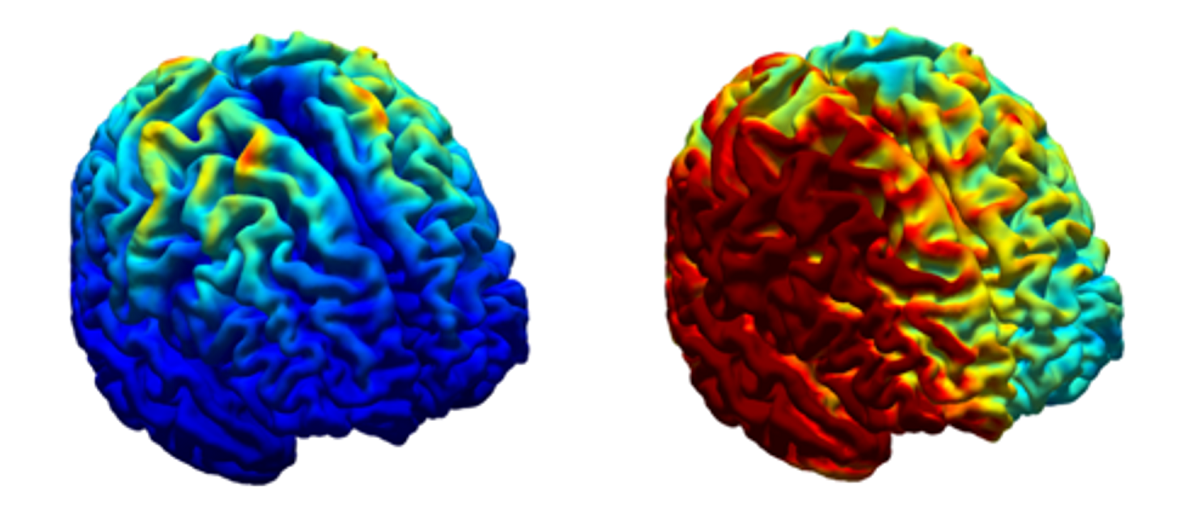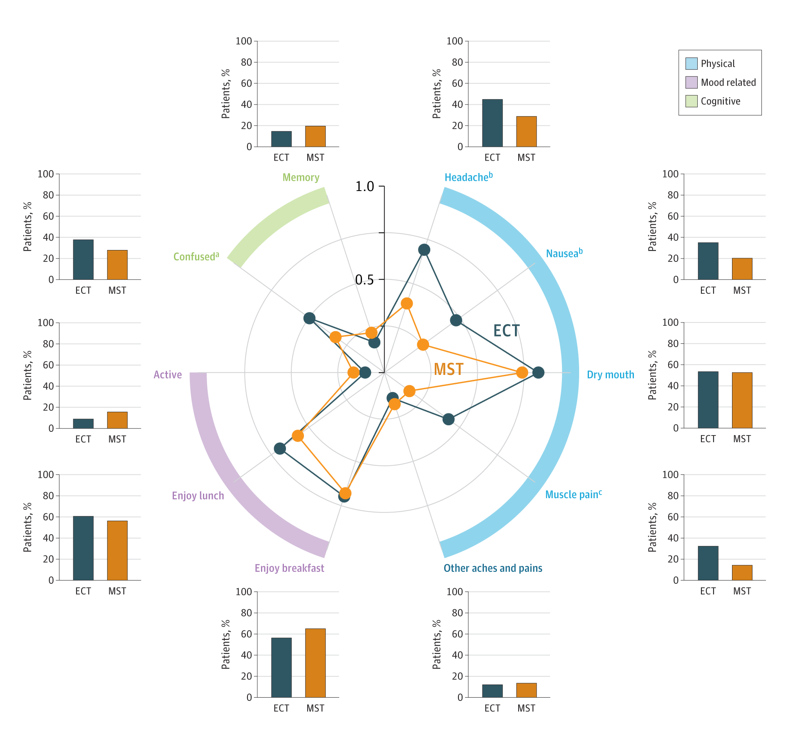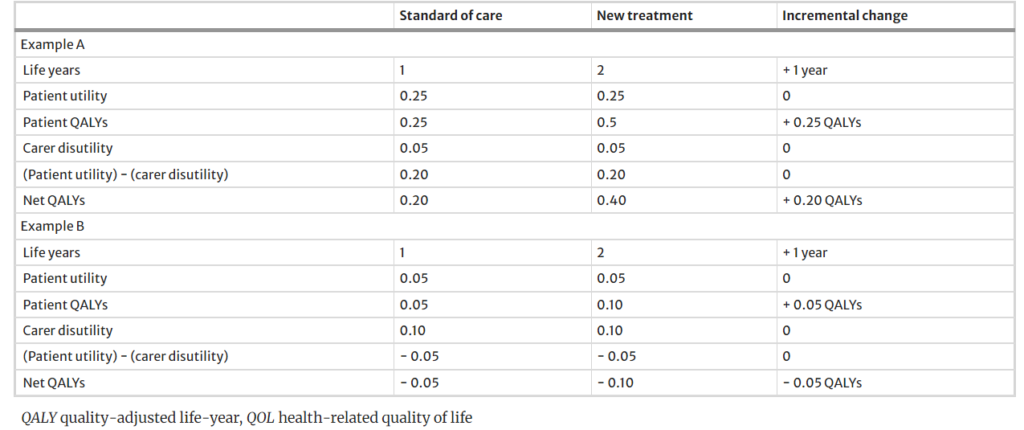
• Research Highlight
Electroconvulsive therapy (ECT) is a treatment used when people have not found relief from depression symptoms with other treatments. In ECT, an electrical current is used to induce widespread seizure activity in the brain. The seizure causes chemical changes in the brain that relieve symptoms of depression. Although ECT is effective in reducing symptoms of depression, some people experience memory loss after treatment, especially loss of memories about their personal history (called autobiographical memories). Sometimes these memory problems can be serious.
Magnetic seizure therapy (MST) is a newer treatment being studied for depression. It has been designed to have all of the benefits (and fewer cognitive and memory side effects) seen with ECT. In MST, a magnetic coil is placed against the scalp. The magnetic coil induces seizures in the brain that are much more localized and milder than those created during ECT.
What did the researchers do?
Sarah H. Lisanby, MD, director of the Noninvasive Neuromodulation Unit of the Branch of Pathophysiology and Experimental Therapeutics at the National Institute of Mental Health, and colleagues tested the effectiveness of MST compared to ECT in treating symptoms of depression .
The study included 73 participants between the ages of 18 and 90 who had experienced a major depressive episode and had been referred for ECT treatment. Participants were randomly assigned to receive ECT (38 participants) or MST (35 participants) three times a week until they achieved remission or until their response to treatment stabilized.
Clinicians assessed participants for depressive symptoms at the beginning of the study (before treatment), the morning of each treatment session, 24 to 72 hours after each treatment session, and twice a month for 2 months afterward. at the completion of treatment and once a month thereafter for the remainder of the study. duration of the study.
Doctors also measured the patients’ cognitive abilities at the beginning of the study and 72 hours after the last treatment session. After each treatment session, participants were asked to rate the presence and severity of potential side effects, such as headache, nausea, dry mouth, muscle pain, confusion, and memory problems.
What were the results of the clinical trial?
Among participants who completed the full course of treatment (24 for ECT and 29 for MST), 60.4% showed a significant decrease in depression symptoms and 43.4% achieved remission from depression. When the researchers looked at the impact of MST and ECT treatment on all study participants (those who completed any combination treatment with those who completed the full treatment), they found that 46.6% showed a significant decrease in symptoms of depression and 31.5% reached the totality. remission of depression.

The researchers found no significant differences in symptom reduction or remission between the ECT and MST groups, indicating that the treatments were equally effective in relieving depression symptoms. Participants in the ECT group achieved depression remission slightly earlier (between 6 and 7 sessions) than the MST group (9 sessions). The antidepressant benefit of both treatments lasted up to 6 months after the last treatment session.
Patients who received ECT reported more severe headaches, nausea, muscle aches, confusion, and disorientation than participants who received MST. Although global cognitive function remained intact for participants receiving either treatment, patients receiving MST showed greater recall and specificity of autobiographical memories and recovered cognitive orientation after treatment more quickly than participants receiving ECT.
What do these findings mean?
The clinical trial found that MST is equally effective in reducing depression symptoms as ultra-brief right unilateral ECT, the safest form of ECT currently available. MST reduced depression symptoms for up to 6 months and had fewer side effects than ECT. The improved autobiographical memory performance and faster cognitive orientation observed after MST treatment suggest that it provides a high level of cognitive security for participants.
The findings demonstrate the promise of MST. Larger trials are currently underway to better understand the comparison between MST and ECT and to learn how to best optimize MST administration and dosing.
Reference
Deng, Z.-D., Luber, B., McClintock, S.M., Weiner, R.D., Husain, M.N., Lisanby, S.H. (2023). Clinical outcomes of magnetic convulsive therapy versus electroconvulsive therapy for major depressive episode: a randomized clinical trial. JAMA Psychiatry. https://doi.org/10.1001/jamapsychiatry.2023.4599
Subsidies
MH087739 , MH002955 , TR001115






%20(Website)_0.png)